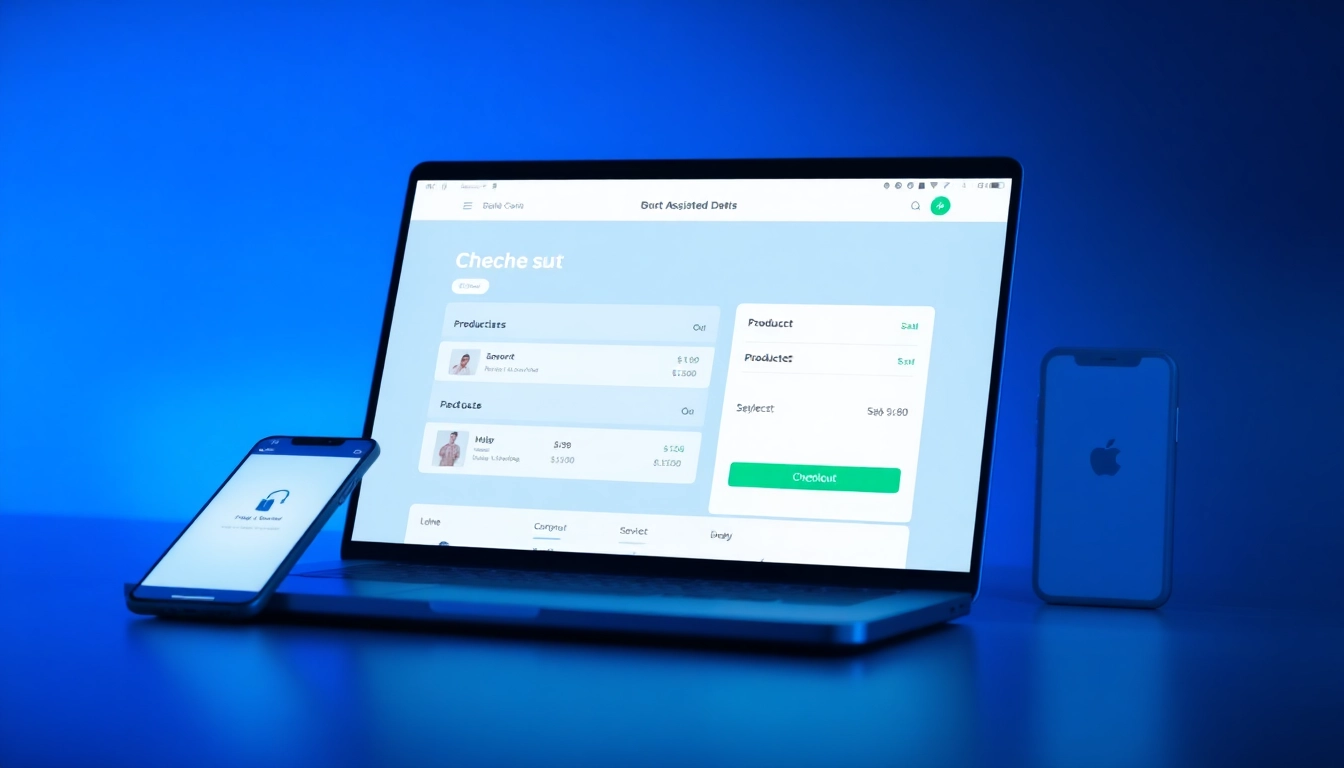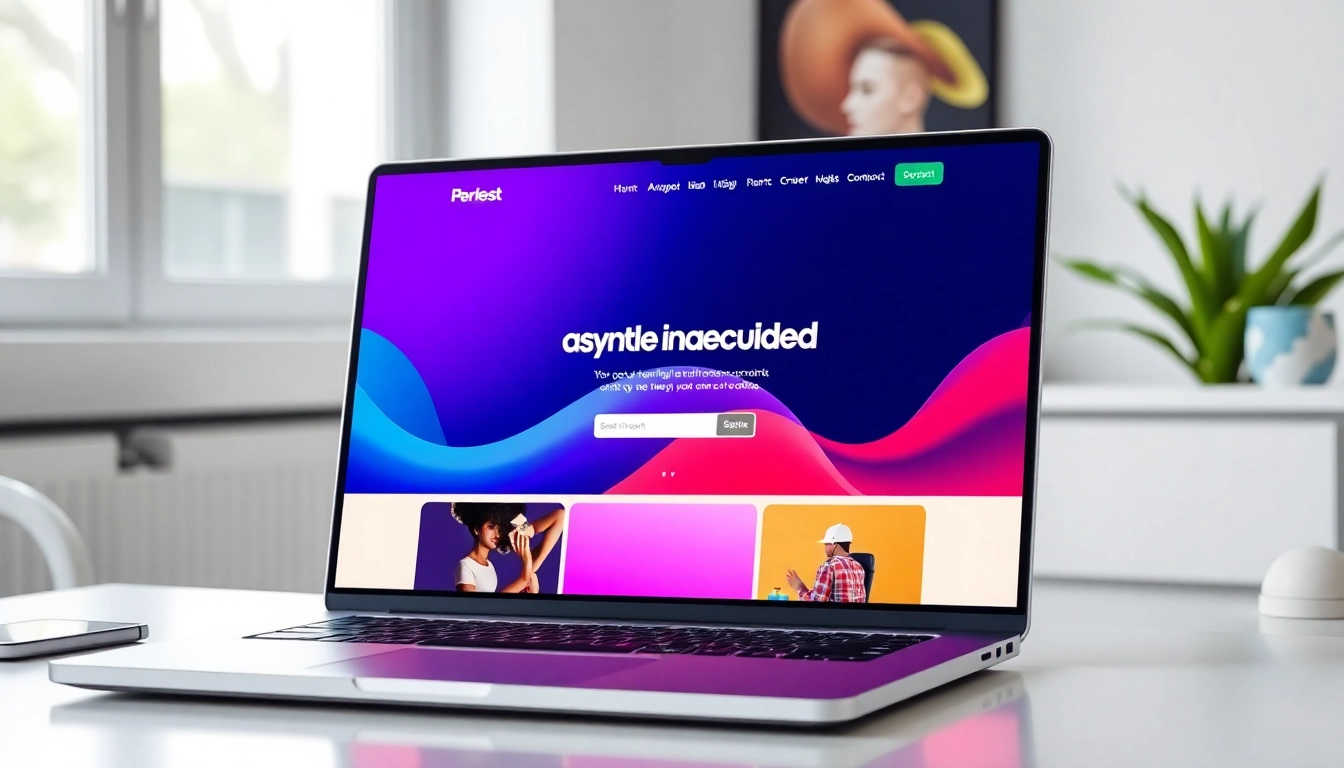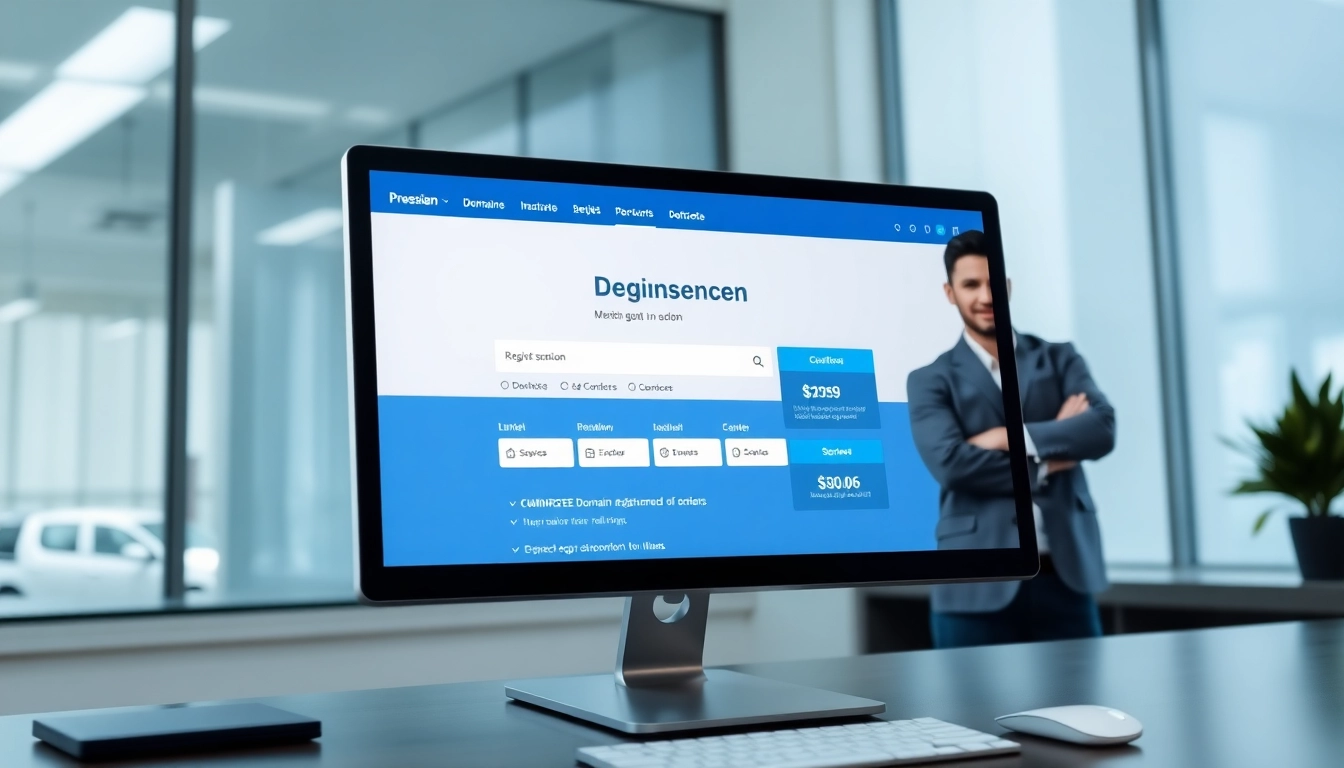technology choices influence every customer interaction as you read through practical, deployment-ready guidance across five core domains.
Technology and UX Foundations for E-commerce
Understanding Technology-Driven Conversion Signals
Conversion signals are the quiet indicators that separate a successful checkout from abandoned carts. Prioritize page stability, fast first meaningful paint, and responsive interactivity. Track signals such as time to interactive, layout shift, and input latency to identify friction points before they cost revenue.
Frictionless Checkout Patterns for Modern Tech UX
Design checkout as a guided, minimal journey: guest checkout, auto-fill, inline validation, and a single persistent progress bar. Enable saved preferences while clearly communicating security. Small, thoughtful touches—like auto-suggest fields and smart error messages—reduce hesitation and cart abandonment.
Technology KPIs for UX Performance
Define UX-focused KPIs that tie to revenue: cart conversion rate, checkout completion time, and error rate per form. Combine behavior analytics with business outcomes to ensure UX improvements translate into measurable gains and provide a clear ROI signal for stakeholders.
Optimizing Checkout Experience Across Devices
Responsive Design and Mobile UX Patterns
Adopt a mobile-first mindset with fluid grids, touch-friendly controls, and legible typography. Prioritize a streamlined mobile checkout with large tappable targets, minimal scrolling, and context-aware prompts that adapt to screen size and device capabilities.
Speed, Trust Signals, and Conversion
Speed and trust are inseparable. Employ lightweight forms, server-side validation as a backup, and visible security cues—SSL indicators, badge icons, and transparent privacy messaging—to reassure users during sensitive steps like payment entry.
Measuring Multi-Device Checkout Performance
Track cross-device funnels to see how users begin on one device and complete on another. Use cohort analysis to compare device-specific drop-offs, and implement fallback strategies such as persistent carts and seamless account linking to preserve intent across touchpoints.
AI and Personalization in Technology-Enabled Operations
Technology-Driven Personalization Tactics
Leverage AI to tailor product recommendations, content surfaces, and pricing cues. Use context such as location, browsing history, and session signals to present relevant offers without creating cognitive overload. Combine rule-based and machine-learning approaches for robust, scalable personalization.
Balancing Automation and Human Touch
Automation accelerates decisioning but human insight preserves trust. Deploy smart chatbots for routine queries while routing nuanced scenarios to human agents. Design escalation paths that preserve brand voice and ensure quick, high-quality resolutions.
Technology-Integrated Security for AI-Driven Checkout
Integrate machine-learning fraud detection with transparent user experiences. Use adaptive security measures that minimize friction for legitimate users while catching anomalies in real time. Regularly audit risk models to maintain accuracy and fairness.
STP and Segmentation in Tech Markets
Segmentation Essentials for Technology Brands
Group customers by needs, behaviors, and value potential. Use technographic and intent data to differentiate segments such as early adopters, enterprise buyers, and cost-sensitive SMEs. Align product messaging with segment-specific pain points for stronger resonance.
Targeting and Positioning in Competitive Tech Landscapes
Define a positioning statement that clearly communicates differentiation. Prioritize channels where segments gather, and tailor value propositions to outcomes—speed, reliability, security, or total cost of ownership. Maintain consistency across product, marketing, and sales touchpoints.
Measuring STP Outcomes in Technology-Driven Commerce
Track segment-specific funnel metrics, such as lead-to-customer conversion, average order value by segment, and retention rates. Use experimentation to refine targeting criteria and validate positioning shifts with measurable impact on revenue and loyalty.
Implementing Best-in-Class Design in Contemporary Projects
Design Systems, Accessibility, and Technology Standards
Adopt a cohesive design system that enforces typography, color, and interaction patterns. Prioritize accessibility (WCAG) to reach broader audiences and reduce redesign costs. Align standards with development pipelines to enable scalable, consistent experiences across platforms.
Collaborating Across Teams: Product, Design, Tech
Foster cross-functional rituals—joint briefings, shared roadmaps, and regular design reviews. Create feedback loops that accelerate validation, minimize handoffs, and ensure that user insights drive technical feasibility and business value.
ROI Tracking: Design Impact on Digital Commerce
Connect design decisions to business outcomes through a simple framework: define hypothesis, measure, learn, and iterate. Track metrics like conversion lift, time-to-checkout, and repeat purchase rate to demonstrate design’s tangible value.
Conclusion
Effective technology-enabled UX and checkout strategies require disciplined alignment across signals, devices, AI-enabled personalization, market segmentation, and design systems. By measuring the right KPIs, validating through tests, and maintaining a human-centered approach, technology becomes a strategic lever for competing in modern e-commerce landscapes.













